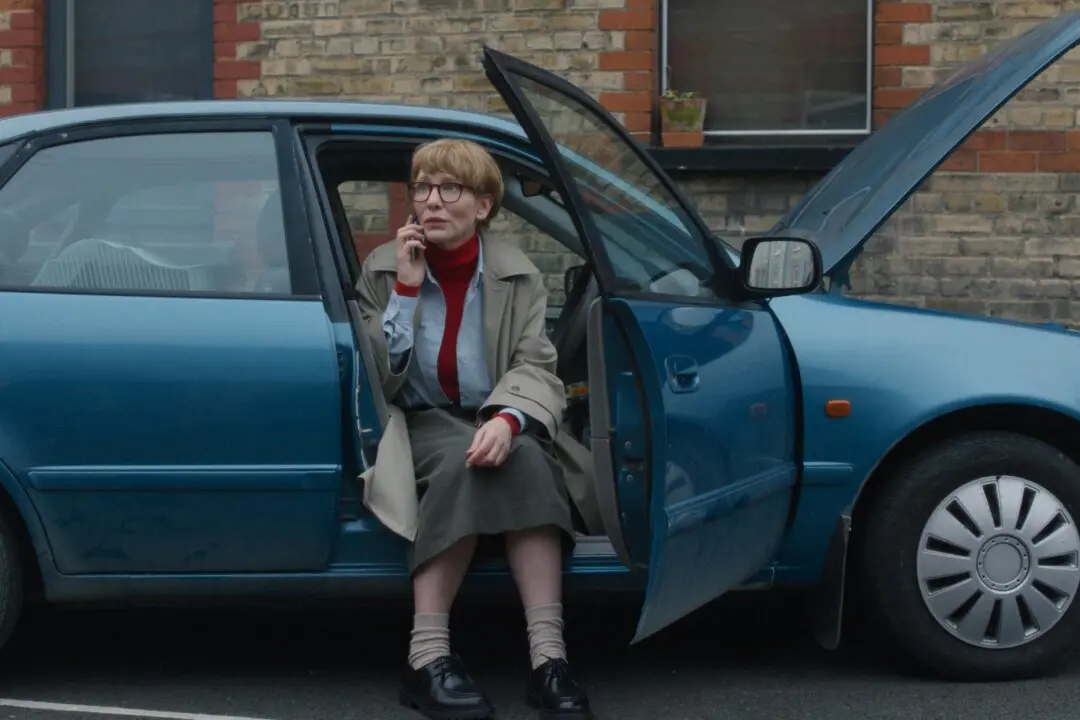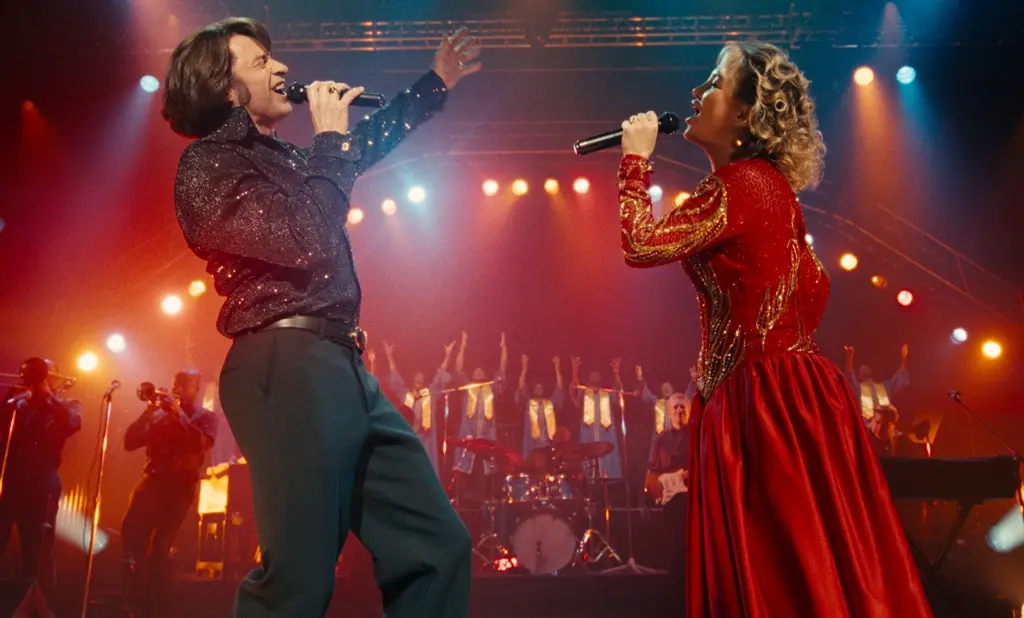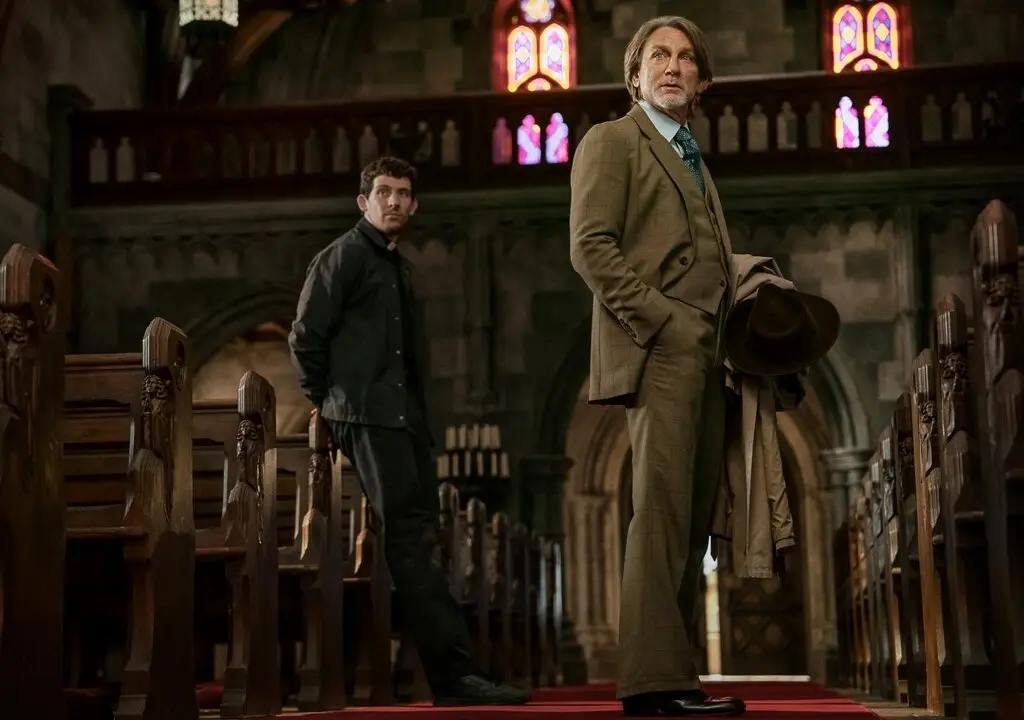In most cases, when a feature film release is delayed for more than two years, it’s for one of three reasons. It’s either a stinker that no one wants and the studio wishes to get it off the books, it was made by a studio that ran out of money and can’t distribute it, or it was only recently completed long after the initial wrap. Luckily, none of those are why “The Current War: Director’s Cut” took so long to see the light of day.
Rewind, Review, and Re-Rate: ‘The Current War: Director’s Cut’: The Battle for Control of the World’s Power Grid
|Updated:
Originally from the nation's capital, Michael Clark has provided film content to over 30 print and online media outlets. He co-founded the Atlanta Film Critics Circle in 2017 and is a weekly contributor to the Shannon Burke Show on FloridaManRadio.com. Since 1995, Clark has written over 5,000 movie reviews and film-related articles. He favors dark comedy, thrillers, and documentaries.
Author’s Selected Articles





